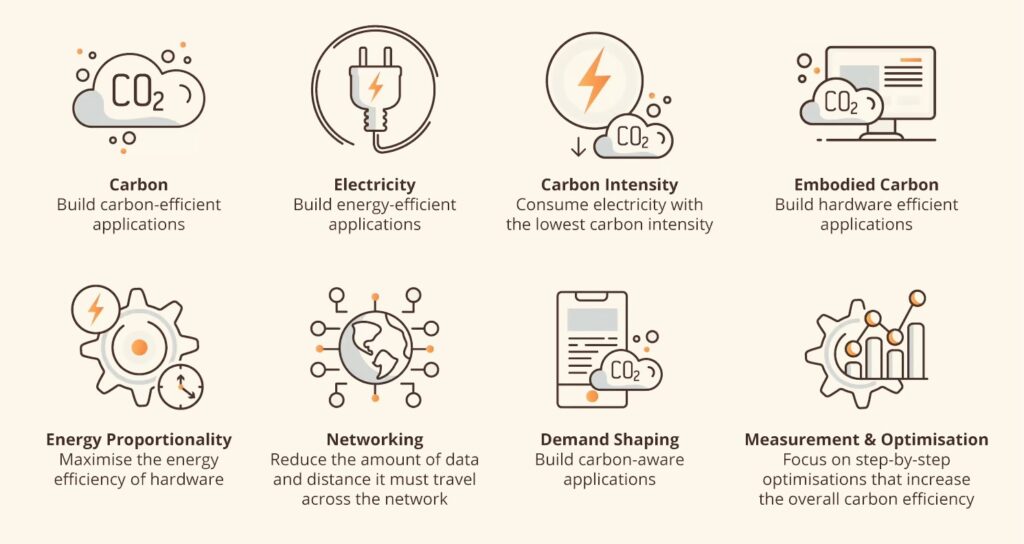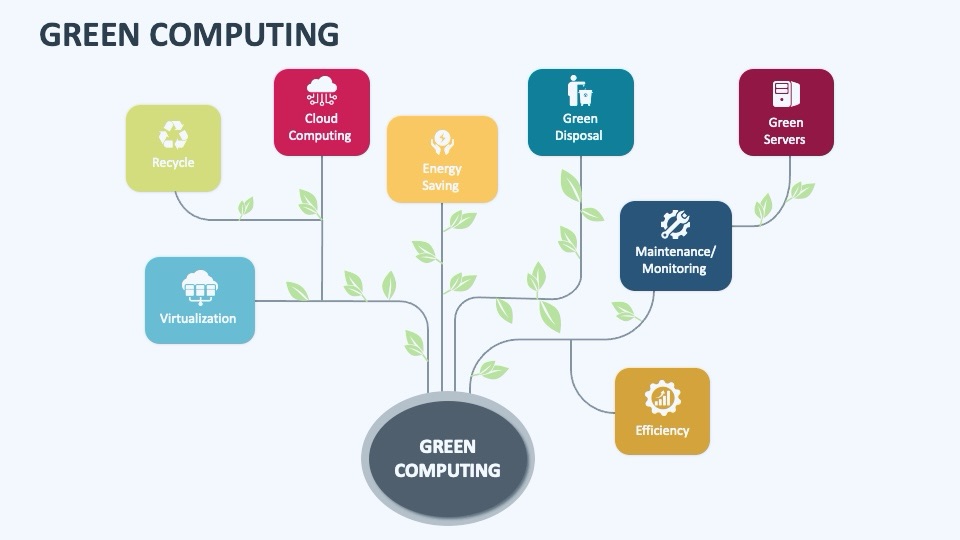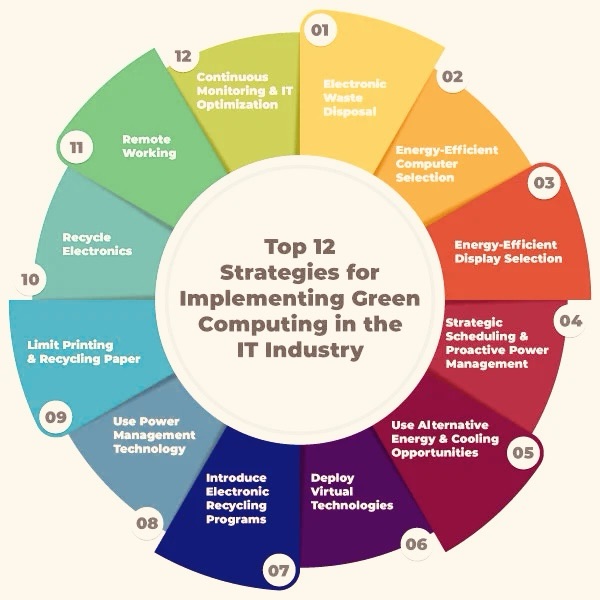
Image: Sustainable computing reduces energy consumption and carbon footprint.
Meta Description: Discover how energy-efficient and sustainable computing can reduce environmental impact. Learn best practices, case studies, and expert insights for a greener digital future. (160 chars)
Introduction: The Need for Sustainable Computing
Did you know that data centers consume about 1% of global electricity? As technology advances, the environmental impact of computing grows. From massive server farms to personal devices, energy consumption is a pressing concern. This article explores energy-efficient and sustainable computing, offering actionable solutions to build a greener digital future.
Why Sustainable Computing Matters
The tech industry contributes significantly to carbon emissions. Key challenges include:
- High energy consumption: Data centers, cloud computing, and devices require vast power.
- E-waste: Discarded electronics contribute to pollution.
- Resource depletion: Rare minerals in hardware are finite.

The Carbon Footprint of Digital Technology
A single Google search emits 0.2 grams of CO2, and streaming video accounts for 1% of global emissions. Transitioning to sustainable computing is no longer optional—it’s essential.
How to Achieve Energy-Efficient Computing
Here are proven strategies for reducing energy consumption in computing:
1. Optimize Hardware Efficiency
- Use Energy Star-certified devices.
- Upgrade to SSDs (they consume less power than HDDs).
- Choose processors with low Thermal Design Power (TDP).
2. Implement Green Data Centers
Data centers can adopt:
- Renewable energy sources (solar, wind).
- Liquid cooling systems to reduce HVAC costs.
- AI-driven energy management for peak efficiency.
3. Adopt Cloud and Edge Computing
Cloud providers like Google and AWS optimize server utilization, reducing waste. Edge computing minimizes data transfer, lowering energy use.

Best Practices for Sustainable Computing
Follow these tips to reduce your digital carbon footprint:
- Enable power-saving modes on all devices.
- Use dark mode (OLED screens save energy).
- Recycle e-waste responsibly.
- Virtualize servers to maximize hardware usage.
Common Mistakes to Avoid
Many organizations make these errors:
- ❌ Over-provisioning servers (leading to idle energy waste).
- ❌ Ignoring software efficiency (bloatware increases power usage).
- ❌ Disposing of hardware improperly (contributing to e-waste).
Expert Insights & Case Studies
Google’s Sustainable Data Centers
Google has matched 100% of its energy use with renewable sources since 2017. Their AI-powered cooling systems reduce energy consumption by 40%.
Microsoft’s Underwater Data Center
Project Natick submerged servers underwater, using natural cooling to cut energy costs by 30%.
FAQ: Sustainable Computing
1. What is sustainable computing?
Sustainable computing focuses on reducing energy use, minimizing e-waste, and using eco-friendly hardware/software.
2. How can individuals reduce computing energy use?
Use energy-efficient devices, enable power-saving settings, and recycle old electronics.
3. Are cloud services eco-friendly?
Yes, major providers (AWS, Google Cloud) use renewable energy and optimize server efficiency.
Conclusion: A Call to Action
Sustainable computing is critical for our planet’s future. By adopting energy-efficient hardware, optimizing software, and supporting green initiatives, we can reduce the tech industry’s environmental impact. What steps will you take toward greener computing? Share your thoughts below!
For more insights, read our related posts: Renewable Energy in Tech, E-Waste Recycling Guide.
Sources: U.S. Department of Energy, Greenpeace.
